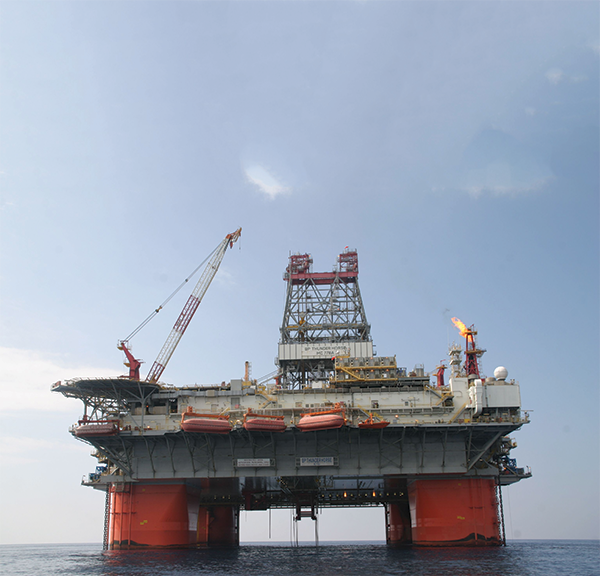
Quick Questions for the People in Charge | Michael Bergeron
November 21, 2018
Good Credit Makes Life Decisions Easier
November 21, 2018
Over these past several months, we’ve used our column space to talk about how questions about global supply were causing optimism amongst experts in the local oil and gas industry.
But in the past 30 or so days, oil prices have struggled mightily, sinking to just below $63 per barrel at the beginning of the month — an almost 20 percent decrease from the close to $75/barrel levels that we’d seen earlier this year.
Sways in price are nothing new to the fickle industry. We’ve heavily documented some of the reasons for the continual ups and downs of the industry.
But this dip is a little different for economic experts because they say they’re not sure why the prices are falling because they maintain that conditions are still ripe for an increase in price.
Economic experts said the recent downswing is puzzling because global supply is down, which should mean that prices go up.
Experts maintain that if the current conditions hold, there will have to be an upward swing in price, which could speed up work in the Gulf of Mexico, which would be good news for area businesses.
“I think we went from being too worried about losing Iranian oil to now being too complacent,” said Phil Flynn, a senior market analyst at Price Futures Group.
Experts said the No. 1 reason why the price hasn’t been stable is because they don’t know how much oil will be on the market on a week-to-week basis because of the instability of global markets in the current economic climate.
In May, President Donald Trump announced that the United States would no longer be part of the Joint Comprehensive Plan of Action signed in 2015 which aimed to curb Iran’s nuclear program.
Iran is a major producer of oil and gas globally. They are one of the leaders in the world.
But the terms of the deal call for further sanctions on Iran by the United States and also sanctions on nations who do business with the Middle Eastern nation. At the time of the United States’ decision, a 180-day period was set in motion for nations to end their business endeavors with Iran to avoid sanctions.
As the deadline neared, the oil prices surged to their highest figures in four years as experts and price forecasters expected a significant drop in global supply.
But as the deadline passed on Nov. 4, that surge in price reversed course and from October to November, prices dipped more than $10/barrel — even as Iranian oil supplies were drastically cut from the market.
Experts say that the drop in price is multi-faceted, but none of the solutions are concrete and any of the factors can change significantly in the coming weeks.
The first is that as Iran dropped its supply, others raised theirs, which is helping to offset the losses.
Another factor is that the global economy is struggling, so nations are using less energy, which means that even though supply is down, it’s not affecting the price because demand is down, as well.
And the third factor is simple: the unknown.
Economic experts don’t know exactly how President Trump’s sanctions will affect nations’ demand to do business with Iran.
Because of that, they are unsure of how much oil will be on the market on a week-to-week basis, which is making pricing strategies difficult to create on a long-term basis.
“The problem for all of us trying to forecast the prices is knowing how much oil is coming off the market,” said James Williams, an energy economist at WTRG Economics. “Supply and demand forecasts are one thing. But we have to know both facets of that equation. Right now, we don’t know supply. Anything can change drastically in a short period of time once we learn how nations cope with the sanctions and adjust their output.”
But the good news is that long-term forecasts remain favorable for a turnaround in price.
Long-range projections call for $70-$80/barrel oil for the next 12-24 months, which is far high enough for local companies to turn profits in production.
That should — if for nothing else — keep the local economy stable after the prolonged downturn.•










